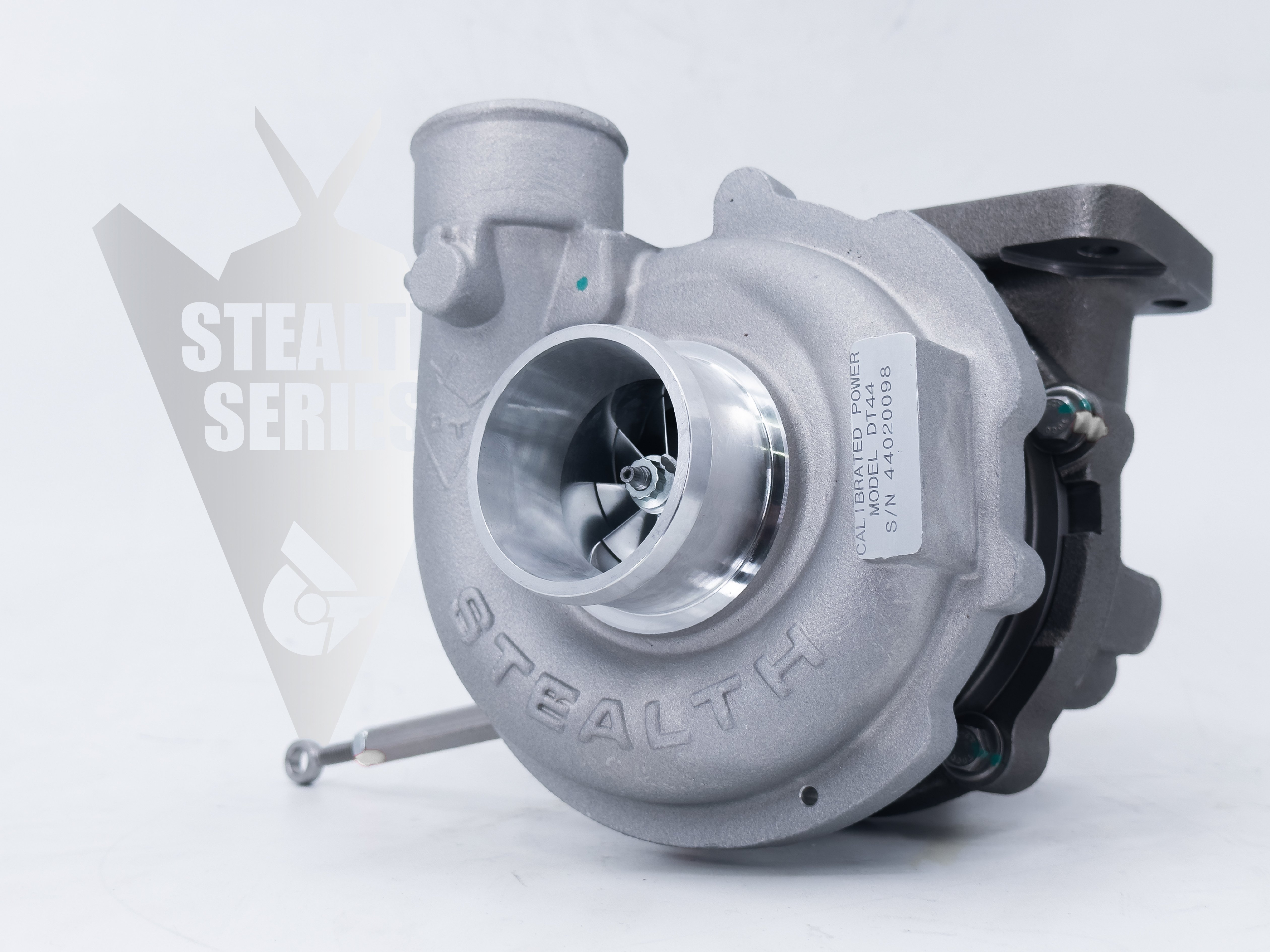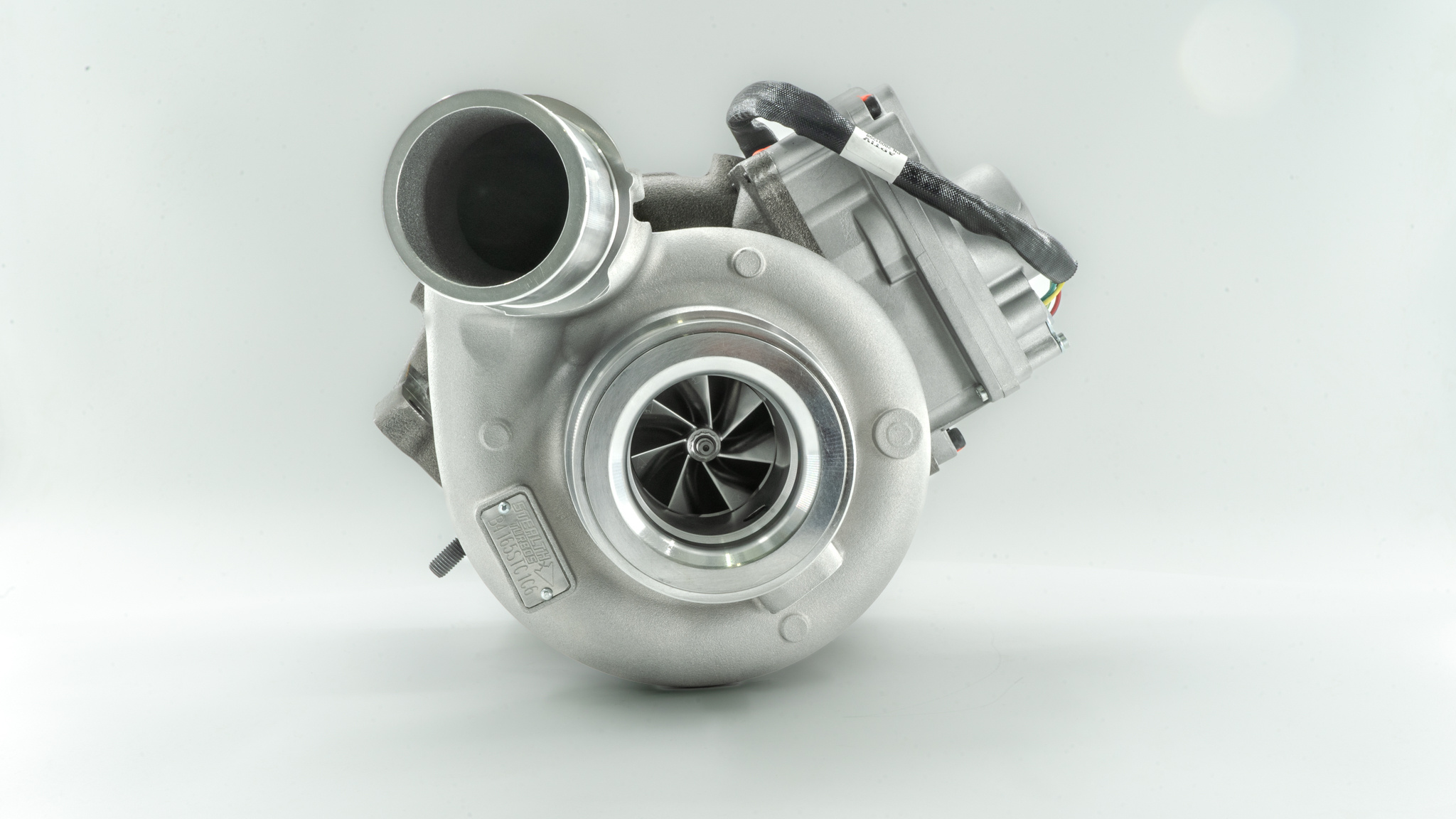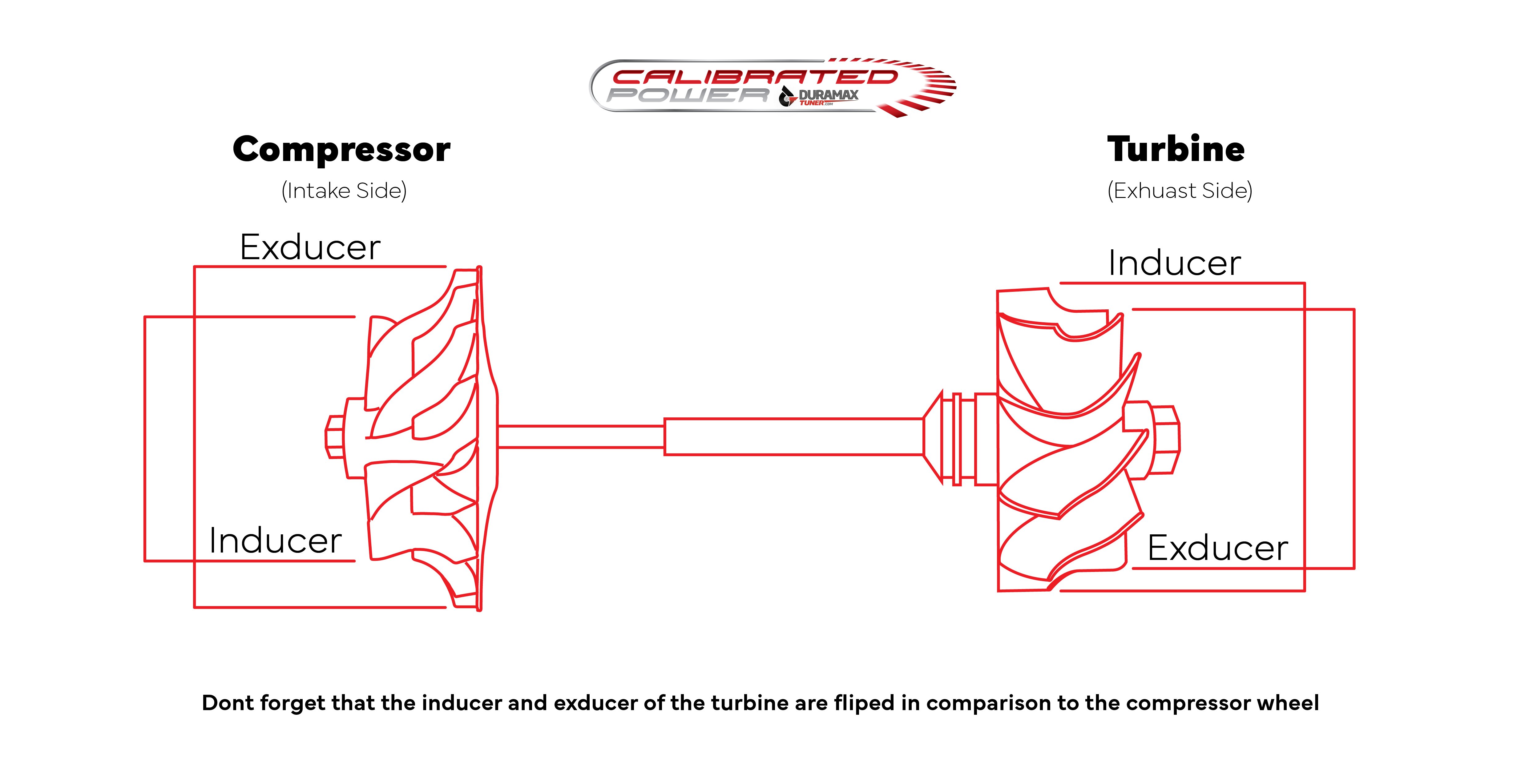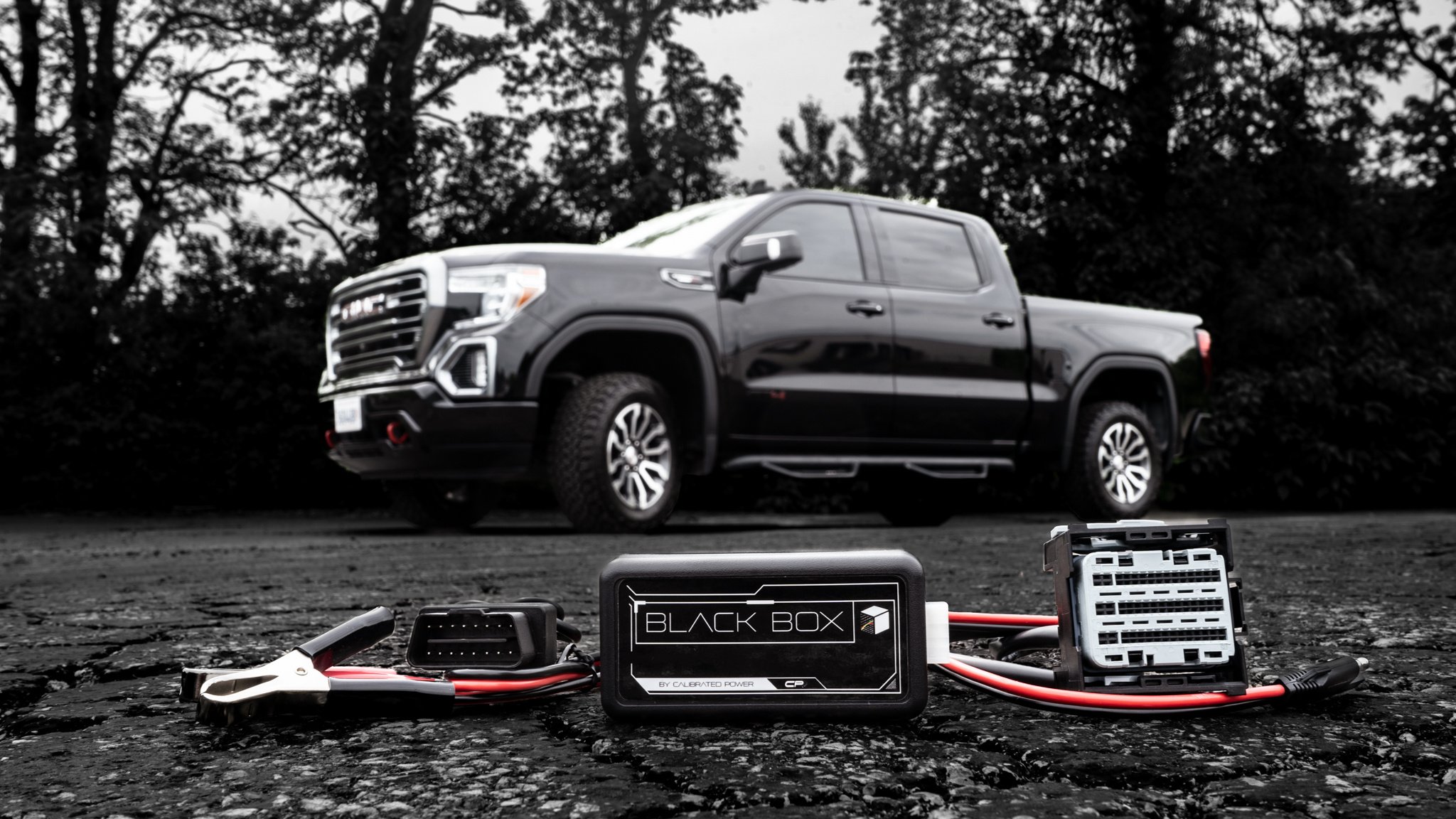When it comes to optimizing the performance of your diesel truck, Transmission Control Module (TCM) tuning plays a crucial role. One of the key decisions in TCM tuning is selecting between the standard or elevated shift point file. Each of these options offers distinct advantages tailored to different driving styles and preferences. Let’s dive into what each entails and help you decide which option might be best for you.
Ben Lawson
Recent Posts
Deciding What TCM Tune File Is Best For You
[fa icon="calendar'] Jul 14, 2024 2:45:00 PM / by Ben Lawson posted in LML TCM Tuning, LMM TCM Tuning, LBZ TCM Tuning, LLY TCM Tuning, LB7 TCM Tuning, L5P TCM Tuning
Why The DT44 Is One Of The Most Popular 2.8L Duramax Performance Upgrades On The Market
[fa icon="calendar'] Jun 11, 2024 4:18:52 PM / by Ben Lawson posted in Duramax Performance, Duramax, 2.8L, colorado, Duramax Turbo, LWN
6.7L Cummins Stock Turbo VS. Stealth STR
[fa icon="calendar'] Jun 5, 2024 3:03:11 PM / by Ben Lawson
What kind of power can a stock 6.7L Cummins turbo support? What about a performance-oriented replacement? The following data represents an in-depth look at a stock HE300VG turbo compared to the Calibrated Power Stealth STR turbo bolted to our 2015 6.7 Cummins running on our Dyno-mite water brake engine dyno. This is experimental data gathered under real-world circumstances, with reasonable attempts made to control as many variables as possible for consistency. Each "cell" contains a data point that represents an average value obtained by holding the engine at a steady engine speed (RPM) and horsepower (hp) for several seconds. A stock turbo and a Stealth STR were both run steadily at each of the data points shown in the charts below. Installation, instrumentation, and operation of this engine through a gauntlet of tests took several weeks of time and burned over 40 gallons of fuel. Data was logged using an EFI live scan tool and several external inputs for additional temperature and analog parameters.
5 Reasons Why You Shouldn't Delete Your L5P Duramax's DPF
[fa icon="calendar'] Jun 3, 2024 9:04:30 AM / by Ben Lawson posted in DPF ON, DPF Delete, Ford 6.7, Power Stroke
We've all heard from forums and numerous outlets that deleting the DPF and SCR on your L5P is the way to go. What we have never seen is data or tests backing up these claims. It's alway seems to be hearsay that fuels the debate on whether or not to delete your emissions in-tact truck. As you probably know, we like to put these tales to the test to try to figure out for ourselves what the truth is behind them. What should you really do with your factory emissions system when it comes to whats best for you and your truck? Find out below.
Diesel Fuel Gelling in Winter: Prevention Tips and What to Do If It Happens To You
[fa icon="calendar'] Nov 30, 2023 8:41:09 AM / by Ben Lawson posted in Duramax, LML, 2.8L, L5P
As the winter months rolls around us diesel owners get an unexpected bit of stress added to our plate. Diesel fuel gelling is a very common issue most diesel owners who live in areas where the temperature drops below 32 degrees will face at least once in their lives. Not only is this issue frustrating and stressful when it occurs, the mere trauma from past experiences can lead to constant stress during these cold times. No one wants to get out of work in the pitch black freezing cold only to find that their truck won't start at all. But what should you do in the event that your truck won't start or stay running? Luckily we have a step by step guide on how to properly fix this issue once it has occurred.
As a preface, this issue is caused when the paraffin wax used in diesel fuels (for lubricity and proper viscosity) start to solidify. While gelling can take on varying levels of severity from cloudy fuel all the way to a squishy solid mass. Diesel fuel gelling is never a thing you want to expeirince. At its most mild levels it can cause poorer fuel economy, less power, and be pretty hard on your fuel system. At its worst I can clog fuel lines, filters, pumps and even injectors while potentially causing irreversible damage to your fuel system. If you live in a cold climate take precautions by adding anti-gelling agent into your fuel before severely cold temperatures start setting in to avoid all of these issues.
2017 and 2024 L5P Turbo Comparison W/ Specs
[fa icon="calendar'] Sep 12, 2023 2:13:37 PM / by Ben Lawson
With the introduction of an all-new L5P Duramax in 2017 the platform also received a completely re-engineered turbo to go along with it. This turbo brought with it a lot of new changes including a completely new compressor wheel, exhaust vane assembly, and electronic vane actuator. With all of these differences, we had to completely re-engineer our machining process for our Stealth line of L5P Turbos. Now that the 2024 Duramax L5P is here with an updated turbo design. We wanted to learn the differences between these two turbos so we could better understand the strengths and weaknesses of each. Along with helping us design a new machining process for the updated turbo.
What Tuner Is Best For My Diesel Truck? - Box Tuners V.S. Custom Tuning
[fa icon="calendar'] Sep 8, 2023 2:45:00 PM / by Ben Lawson posted in custom tuning, Pre-Tuned
When it comes to improving the performance of your Duramax, Cummins, or Powerstroke, diesel tuning is always a great place to start. It offers some of the best value when it comes to price and performance and can make your truck feel like a whole new vehicle. However, when it comes to choosing which type of tuning to go with there seem to be two distinct yet similar options out there, Box Tuners and Custom Tuning. This article will help you decide which option is best for you.
Box Tuners
How They Work
Box tuners manipulate the data stream of different engine sensors to provoke a desired engine response. In most cases, this consists of manipulating map sensor values in order to trick the ECM into adding more fuel into the combustion chamber. The idea behind this is that most diesel and even gas engines run on the leaner side of air and fuel mixtures. By increasing the amount of fuel in the combustion chamber more air is able to be burned, which in turn creates more power.
Stock Duramax Turbo Specs and Information
[fa icon="calendar'] Jul 31, 2023 8:00:00 AM / by Ben Lawson posted in LLY, Duramax, LML, LBZ, Turbo, Stock Turbo, LB7, LMM, LB7 Turbo, LBZ Turbo, LMM Turbo, LML Turbo, Duramax Turbo, LLY Turbo, L5P, L5P Turbo
Over the years, GM has changed a lot regarding the turbos they use on Duramax engines. Not only have they changed manufacturers a handful of times but each RPO has its own unique measurements for key components. This can make it a headache when trying to track down exactly what the measurements of your stock turbo are. Luckily we've compiled this list of stock Duramax turbo specifications along with other helpful information so you can get a good idea of what you're already working with before you dive into the sea of turbo upgrades these trucks have to choose from. However, while some turbos may have the same peak power output, the size and shape of specific components can affect things such as exhaust gas temperature, drive pressure, and turbo efficiency range.
GM 3.0L Duramax Custom Tuning
[fa icon="calendar'] May 26, 2023 8:30:00 AM / by Ben Lawson posted in DuramaxTuner.com, duramaxtuner, Duramax, Emisssions Intact Tuning, Emissions Intact, 4 cyl duramax, ECM, Emissions Equipped, 3.0L
The 3.0L Duramax is a wildly capable inline 6-cylinder diesel engine designed for full-size half-ton pickup trucks and SUVs. Due to its amazing power-to-weight ratio and towing performance, GM has chosen to offer this engine in everything from Chevy Silverado 1500 to the Chevy Suburban and even the Cadillac Escalade. Clearly, GM is confident in its new design.
The new 3.0L Duramax shares very little in common with its predecessor the 4-cylinder 2.8L Duramax. It's been completely redesigned from the ground up and features many improvements such as a forged crankshaft, forged steel connecting rods, and a much stronger block design. The result is an engine that can produce 277 hp and 460 ft-lbs. of torque. Which is comparable torque to that of the more expensive 6.2L gas engine that is offered in most of the same vehicles that the 3.0L is offered in.
10-Speed Allison 1000 T93 Transmission Tuning
[fa icon="calendar'] Mar 21, 2023 6:00:00 AM / by Ben Lawson posted in Transmission Duramax, Transmission Tuning, L5P, L5P Tuning, L5P TCM Tuning
The ten-speed Allison 1000 is substantially better than previous Allison models we have seen come in Duramax trucks. Known for its superior towing performance, excellent fuel economy, and outstanding reliability. It utilizes some of the best technology GM has ever produced. Its reputation for excellence was earned largely because of the advanced electronic control systems provided by the TCM (Transmission Control Module).

.webp)








